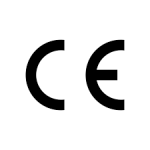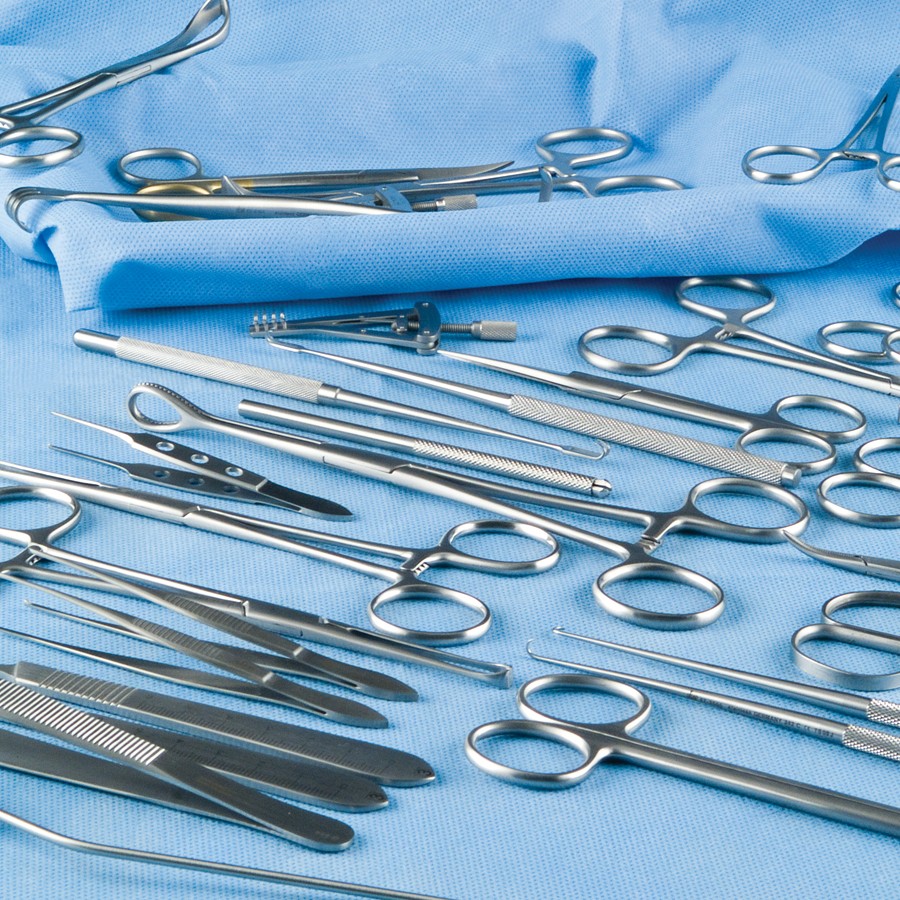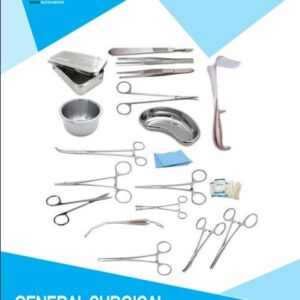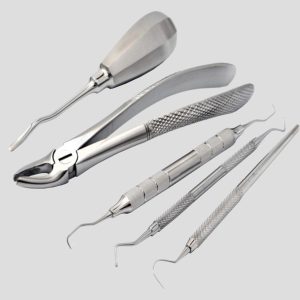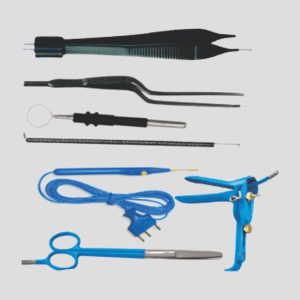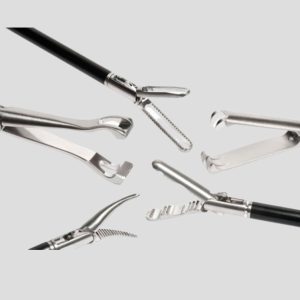Neuro surgery, the intricate discipline of treating disorders and injuries of the nervous system, has evolved hand in hand with advancements in surgical instruments. The evolution of neurosurgical instruments, from prehistoric trepanation implements to modern cutting-edge technology, is evidence of human inventiveness and a dedication to bettering patient outcomes. In this detailed blog post, we will dig into the fascinating history of neuro surgical instruments, charting their development over time and identifying the crucial turning points that have influenced contemporary neurosurgery.
Ancient Origins and Trepanation
The first known usage of neuro surgical instruments, known as trepanation—the drilling of holes into the skull—can be found in prehistoric societies. According to archaeological evidence, trepanation was used by societies including the ancient Egyptians, Greeks, and Incas for a variety of purposes, including the treatment of head injuries, the reduction of intracranial pressure, and perhaps even the resolution of spiritual issues. These primitive instruments, which were frequently fashioned of stone, bone, or metal, paved the way for upcoming developments.
Medieval and Renaissance Innovations
Instruments used in neurosurgery made some small breakthroughs during the mediaeval and Renaissance eras. Retractors, hooks, and rudimentary forceps were used to help surgeons during delicate surgeries. The absence of thorough anatomical information, nevertheless, hindered advancement and made surgical procedures risky ventures.
19th Century: The Dawn of Precision
The 19th century witnessed a turning point in the history of neurosurgical instruments. The advent of anesthesia and antiseptic techniques enabled surgeons to perform more intricate procedures with greater precision. Innovations such as the surgical microscope, introduced by Carl Zeiss in the mid-1800s, provided magnification that revolutionized neurosurgery.
20th Century: Revolution and Technological Leap
The 20th century brought about a dramatic evolution in neurosurgical instruments, driven by advancements in materials, technology, and surgical techniques.
Cranial Access Instruments
Instruments like the Gigli saw and the pneumoencephalogram, which allowed visualization of brain structures through the injection of air, facilitated safer and more effective cranial access.
Electrocautery and Radiosurgery
Early in the 20th century, electrocautery equipment became available, enabling more precise hemostasis and tissue cutting. An important advance in non-invasive neurosurgery was the creation of stereotactic radiosurgery, which was first introduced by Lars Leksell in the 1950s.
Microsurgical Instruments
Microsurgery enjoyed a boom in the second half of the 20th century. Surgeons were able to undertake complex treatments on fragile neurological structures because to fine-tipped equipment, microscopes, and sutures that were only a hair thick.
21st Century: Precision and Minimally Invasive Techniques
Neuro surgical instruments have been significantly improved in the twenty-first century, with an emphasis on accuracy, minimally invasive procedures, and cutting-edge imaging technology.
Endoscopes and Navigation Systems
Endoscopic instruments have revolutionized the treatment of various neurosurgical conditions by enabling access to deep-seated areas through small incisions. Navigation systems integrate imaging data with real-time surgical visualization, enhancing accuracy.
Robotic Assistance
Robotic-assisted surgery has emerged as a frontier in neurosurgery. Robots can assist surgeons in precise maneuvers, reducing the invasiveness of procedures and potentially enhancing outcomes.
Future Prospects of Neuro Surgical Instruments
Interdisciplinary partnerships, state-of-the-art materials, and technological advancements continue to influence the development of neurosurgical devices. The practise of neurosurgery is anticipated to change as a result of the development of artificial intelligence, cutting-edge imaging methods, and personalised medicine.
Amazing Advancement and Progress
The development and history of neurosurgical equipment serve as a witness to the amazing trajectory of medical advancement. These equipment have experienced constant improvement, progressing from ancient trepanation tools to cutting-edge robotic systems, increasing patient outcomes and extending the limits of what is possible in neurosurgery. The history of neurosurgical tools serves as a reminder of the human spirit of inquiry and commitment to the advancement of medicine for the benefit of everyone as technology and invention continue to push the edge.
About Rigor Instruments
High-quality surgical instruments are essential to the success of any procedure, no matter how straightforward or difficult it may be for the patient, and this is where Rigor Instruments can help you.
Rigor is a second-generation surgical instruments manufacturer and surgical instruments supplier from Sialkot Pakistan providing best quality in all kinds of Surgical Instruments since 1985. Our surgical instruments include electro surgical instruments, neuro surgical instruments, plastic surgery instruments, dental surgical instruments, retractors, forceps surgical instruments, general surgical instruments, ophthalmic surgical instruments, ENT surgical instruments and many more.
We are the best surgical instruments company Pakistan, offering exquisite quality and competitive pricing. It has given us a great competitive advantage in the global surgical instruments market representing surgical instruments Sialkot Pakistan. Our ambition is to become a leader in international market in all Surgical Instruments.

